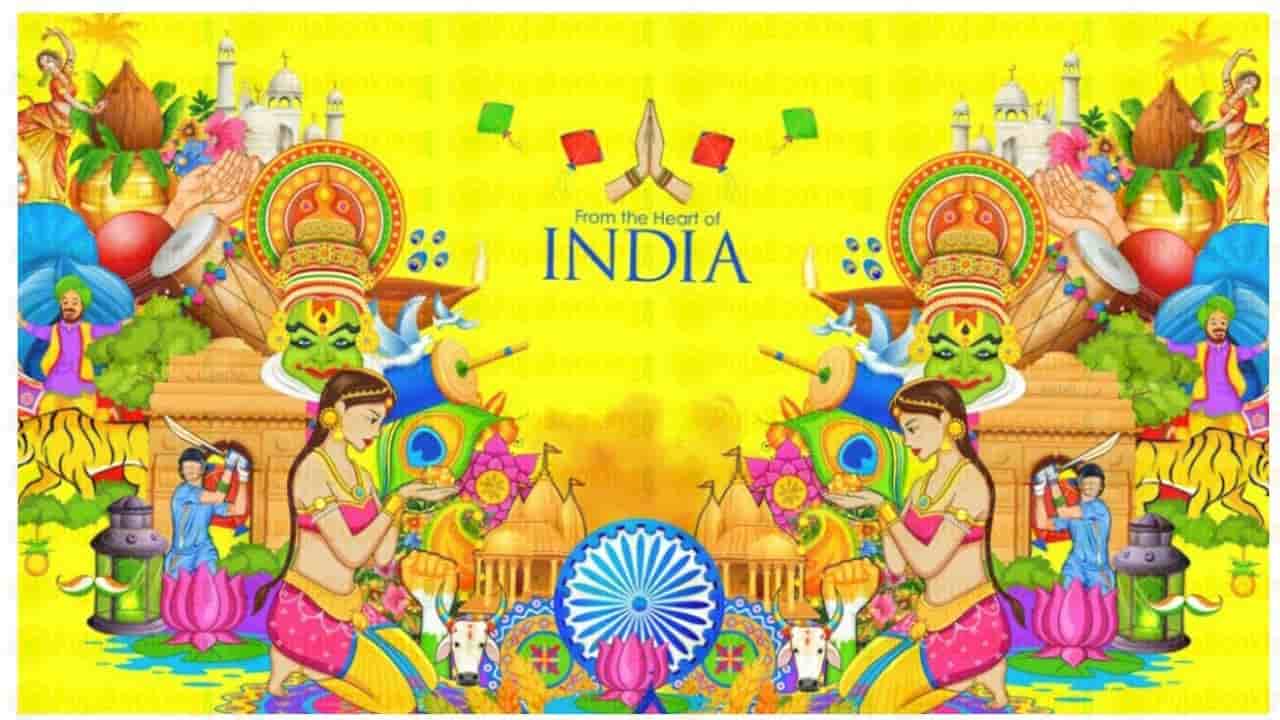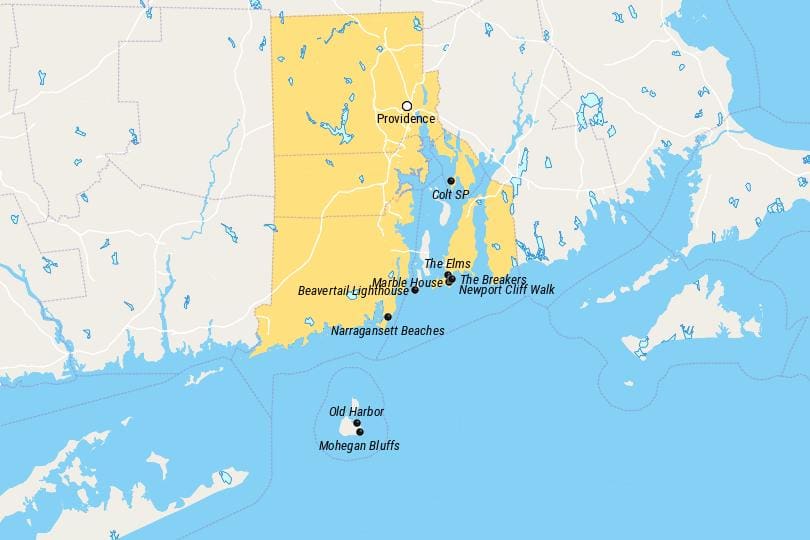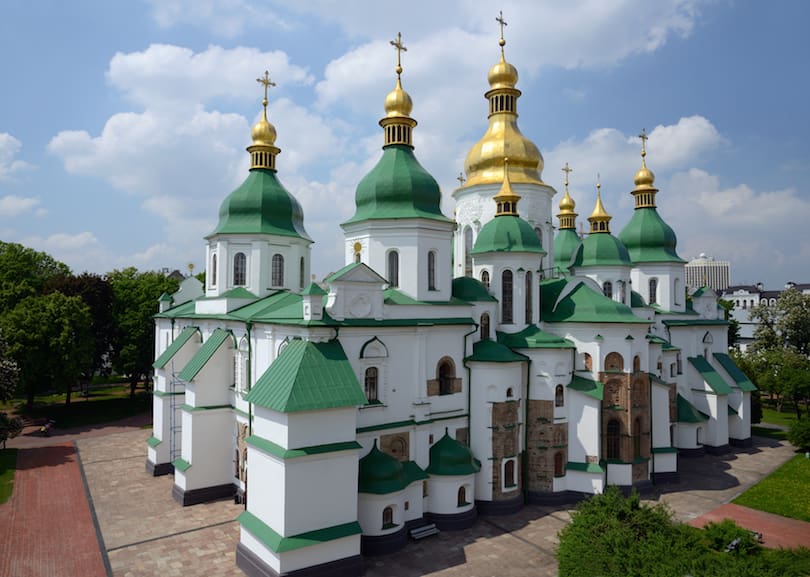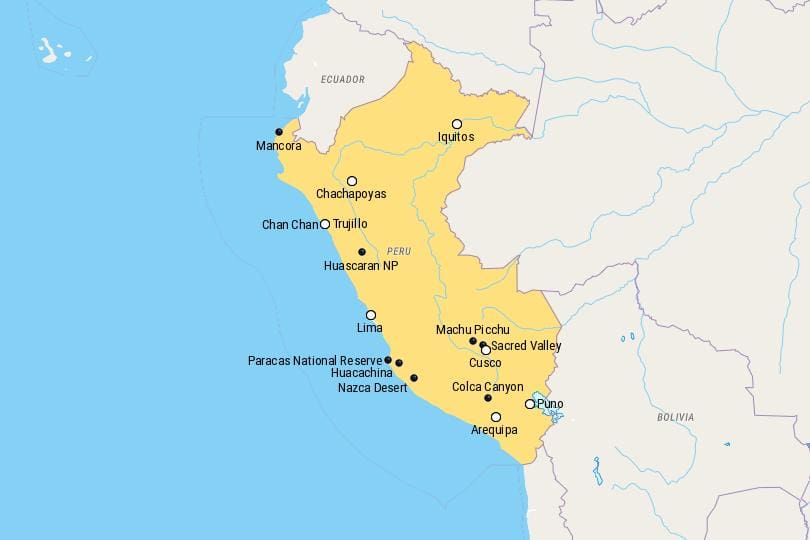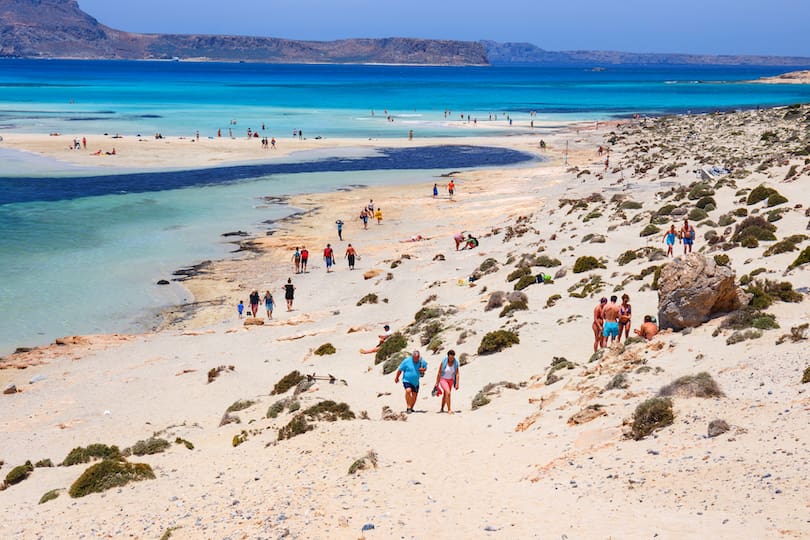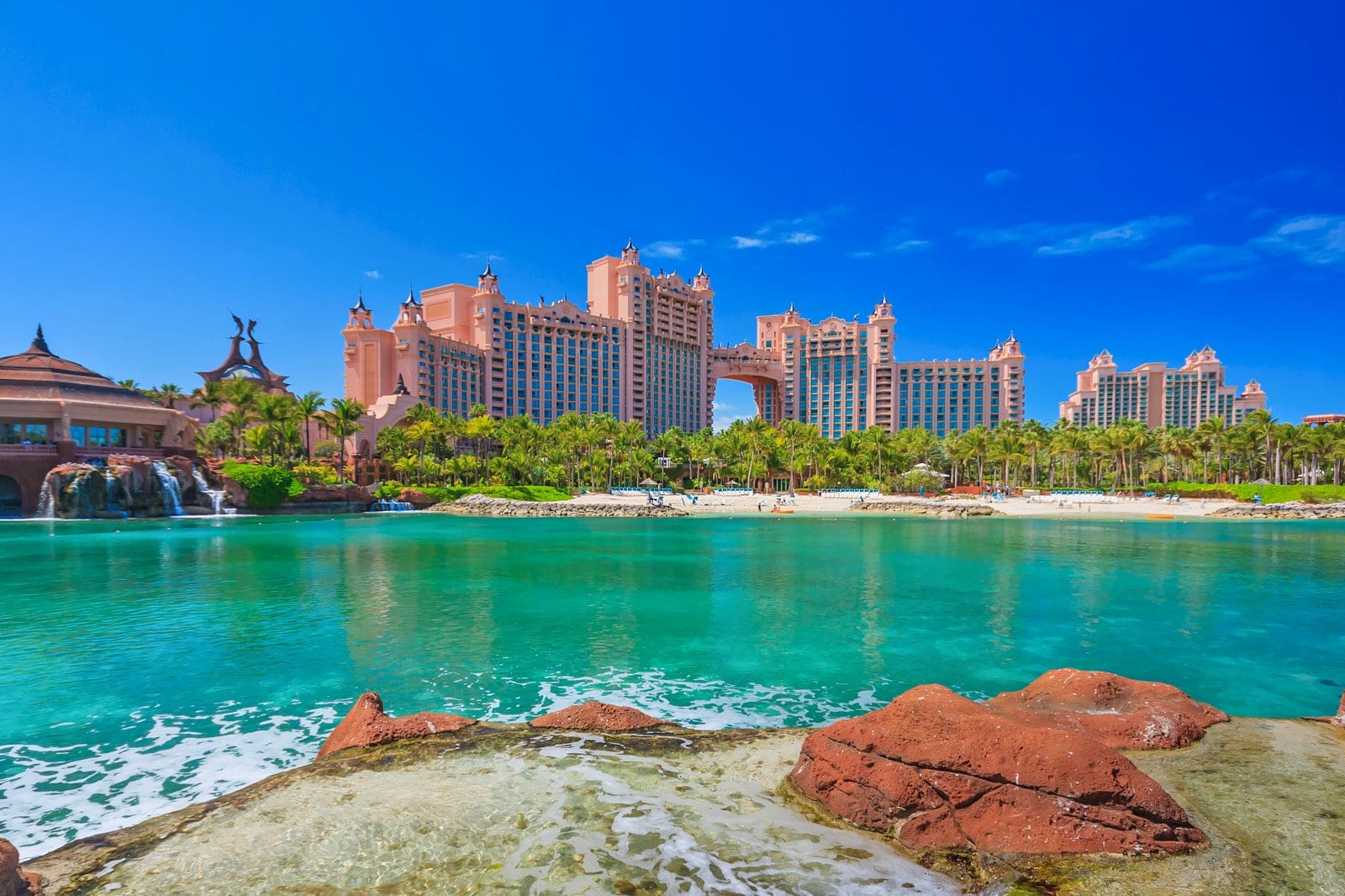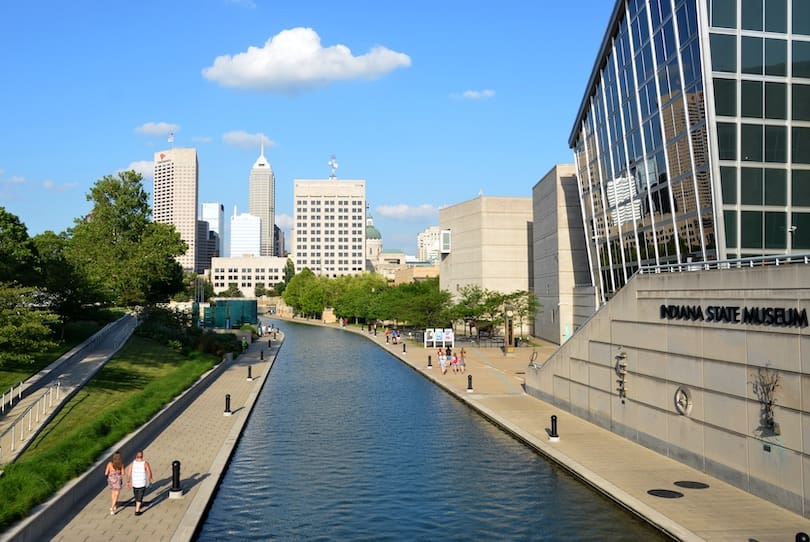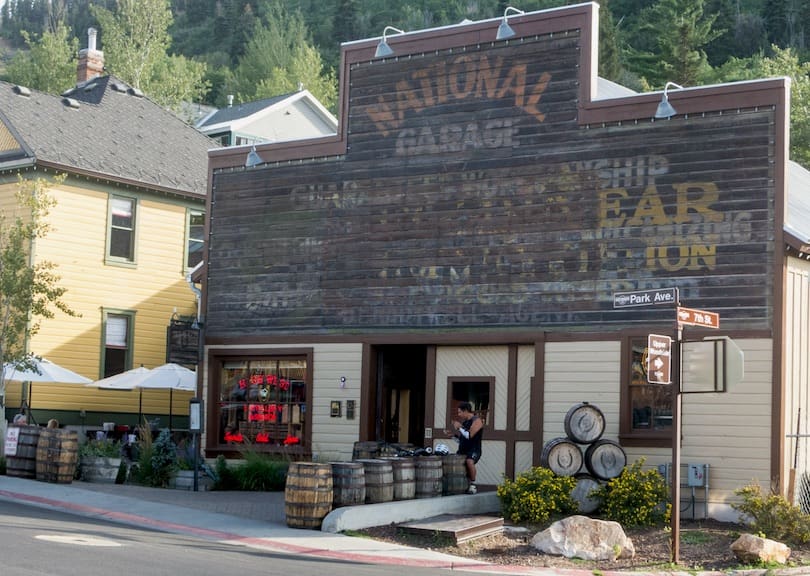India, a land steeped in rich cultural heritage and spiritual traditions (Popular Hindu Festivals of India), is home to some of the most vibrant and meaningful festivals celebrated across the globe. These festivals are not just occasions for joy and merriment but also serve as profound expressions of faith, unity, and devotion. From the dazzling lights of Diwali to the colorful fervor of Holi, each festival carries its own unique significance and charm. In this article, we will explore the 10 most popular Hindu festivals of India , delving into their origins, rituals, regional variations, and cultural importance. Whether you’re a curious traveler, a spiritual seeker, or simply someone eager to learn more about Indian culture, this guide will provide you with an in-depth understanding of these timeless celebrations.
1. Diwali: The Festival of Lights – Hindu Festivals of India
The Essence of Diwali
Diwali, often referred to as the Festival of Lights , is one of the most widely celebrated Hindu festivals in India and around the world. It symbolizes the triumph of light over darkness and good over evil. The word “Diwali” is derived from the Sanskrit term Deepavali , meaning “a row of lamps.” This festival typically falls between October and November, depending on the Hindu lunar calendar.
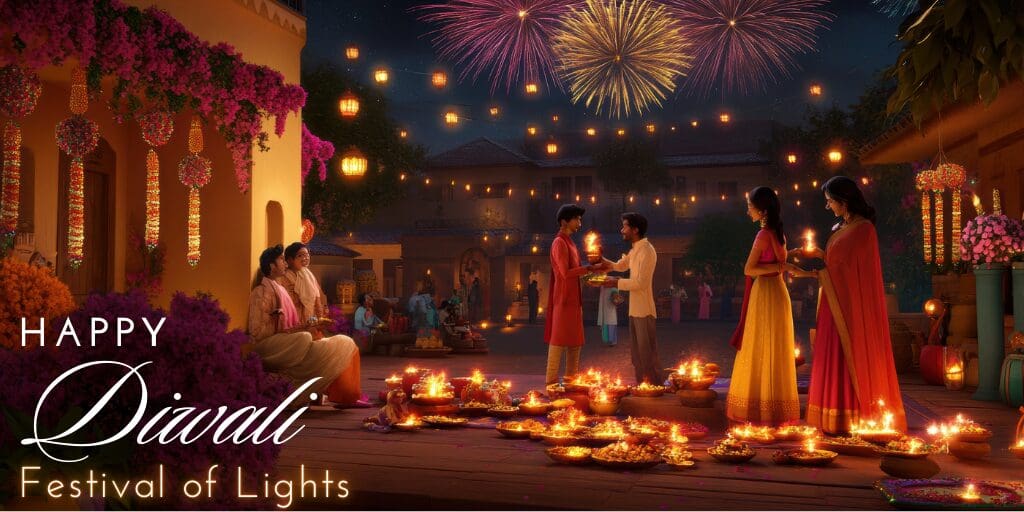
Historical and Mythological Significance
The roots of Diwali can be traced back to several ancient Hindu legends. One of the most prominent stories revolves around Lord Rama’s return to Ayodhya after defeating the demon king Ravana. The people of Ayodhya lit oil lamps to welcome him, marking the beginning of this tradition. Another legend associates Diwali with the goddess Lakshmi, who is believed to visit homes that are clean and well-lit, bringing prosperity and blessings.
Additionally, in certain parts of India, particularly in West Bengal, Diwali coincides with Kali Puja, where Goddess Kali is worshipped for her fierce power to destroy evil forces. In South India, Diwali is linked to Lord Krishna’s victory over Narakasura, a tyrant demon who oppressed the people. Each region adds its own flavor to the celebration, making Diwali a truly diverse and multifaceted festival.
How Diwali is Celebrated
The festivities span five days, each with its own set of rituals and customs:
- Dhanteras : The first day is dedicated to wealth and prosperity. People buy gold, silver, or utensils as a sign of good fortune. Homes are cleaned and decorated, and small diyas (earthen lamps) are lit to invite prosperity.
- Naraka Chaturdashi (Choti Diwali) : On the second day, early morning rituals are performed to cleanse the body and soul. Oil baths are taken, and prayers are offered to seek protection from negativity.
- Lakshmi Puja : The third day is the main event of Diwali. Families gather to perform prayers to seek blessings from Goddess Lakshmi and Lord Ganesha. Homes are illuminated with diyas, candles, and fairy lights, creating a magical atmosphere. Fireworks light up the night sky, adding to the festive spirit.
- Govardhan Puja : The fourth day commemorates Lord Krishna’s victory over Indra by lifting the Govardhan Hill to protect villagers from torrential rains. In many households, a small mound of cow dung is created to represent Govardhan Hill, and offerings are made to it.
- Bhai Dooj : The final day celebrates the bond between brothers and sisters. Sisters perform aarti for their brothers and apply tilak (a sacred mark) on their foreheads, praying for their long life and well-being.
Regional Variations
While Diwali is celebrated nationwide, regional differences add unique flavors to the festivities. In Gujarat, it marks the beginning of the new year, while in West Bengal, Kali Puja takes precedence alongside Diwali. In South India, the focus shifts to Lord Krishna’s victory over Narakasura.
In rural areas, Diwali is often associated with cattle worship, as cows are considered sacred in Hinduism. Farmers decorate their cattle and offer prayers to express gratitude for their contribution to agriculture.
Travel Tip: If you plan to witness Diwali in India, head to Varanasi or Jaipur for breathtaking displays of fireworks and illuminated ghats. Alternatively, experience the serene beauty of Diwali in Amritsar’s Golden Temple, where thousands of lights create a divine ambiance.
2. Holi: The Festival of Colors
A Celebration of Joy and Renewal
Holi, known as the Festival of Colors , is a vibrant celebration that marks the arrival of spring and the victory of good over evil. It is celebrated with immense enthusiasm across India, particularly in regions like Mathura, Vrindavan, and Barsana.
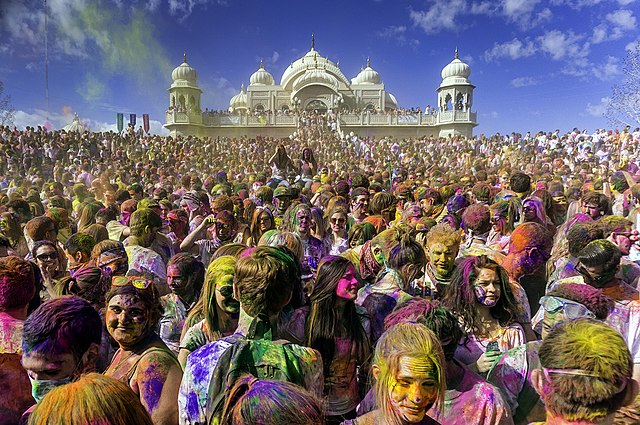
Mythology Behind Holi
The origins of Holi are deeply rooted in Hindu mythology. One popular tale tells the story of Prahlad, a devout follower of Lord Vishnu, and his father Hiranyakashipu, a demon king. When Hiranyakashipu tried to kill Prahlad, he was thwarted by Vishnu’s divine intervention through Narasimha, a half-man, half-lion avatar. Another legend revolves around Radha and Krishna, where Krishna playfully smeared colors on Radha, giving rise to the tradition of playing with colors.
Another mythological story involves Holika, the sister of Hiranyakashipu, who attempted to burn Prahlad alive. However, her plot failed, and she perished in the fire instead. This event is commemorated through the ritual of Holika Dahan, where bonfires are lit to signify the destruction of evil.
Traditions and Rituals
Holi celebrations begin with Holika Dahan , a bonfire lit the night before the main event. This ritual signifies the burning of Holika and the triumph of devotion over arrogance. People gather around the bonfire, sing songs, and offer prayers for health and prosperity.
The next day, known as Rangwali Holi , is when the real fun begins. People gather to throw colored powders and water at each other, sing songs, and enjoy festive delicacies like gujiya (sweet dumplings), thandai (a spiced milk drink), and puran poli (sweet flatbread). Streets come alive with laughter, music, and dance, creating an atmosphere of pure joy.
Cultural Impact
Holi transcends religious boundaries, fostering harmony and inclusivity. It is a time when social hierarchies dissolve, and everyone comes together to celebrate life. For many, Holi represents renewal and the opportunity to forgive past grievances, starting afresh with positivity.
Other Tourist Attractions: Visit Mathura and Vrindavan during Holi for Lathmar Holi, a playful reenactment of Radha-Krishna’s love story. Women playfully hit men with sticks, while the men shield themselves, creating a lively and humorous spectacle.
3. Navratri: Nine Nights of Devotion
Honoring the Divine Feminine
Navratri, meaning “nine nights,” is a festival dedicated to the worship of the goddess Durga and her various forms. Each night is devoted to a different aspect of the divine feminine energy, culminating in Dussehra, which celebrates the victory of good over evil.
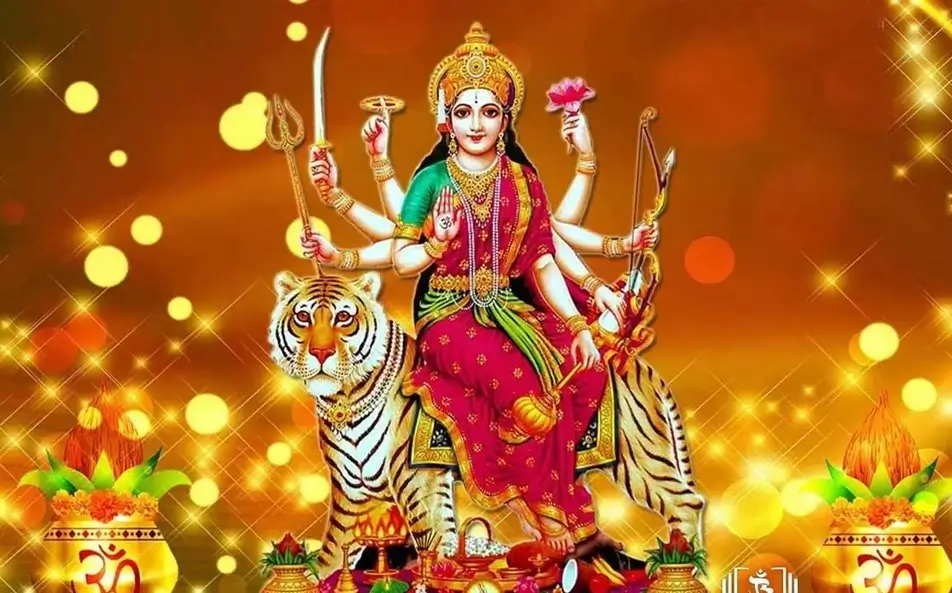
Significance and Symbolism
The festival commemorates the battle between Goddess Durga and the buffalo demon Mahishasura. According to legend, Mahishasura had gained immense power through penance and began terrorizing the gods and humans alike. Unable to defeat him, the gods combined their powers to create Goddess Durga, who eventually vanquished the demon after a fierce nine-day battle. This victory is celebrated during Navratri.
Each day of Navratri is associated with a specific form of the goddess, such as Shailaputri, Brahmacharini, Chandraghanta, Kushmanda, Skandamata, Katyayani, Kalaratri, Mahagauri, and Siddhidatri. Devotees observe fasts, perform pujas, and engage in traditional dances like Garba and Dandiya Raas to honor the goddess.
Regional Celebrations
In Gujarat, Navratri is synonymous with energetic Garba performances, where men and women dress in colorful traditional attire and dance in circles around a central lamp or idol of the goddess. The rhythm of dhol (drum) beats fills the air, creating an electrifying atmosphere.
In West Bengal, Navratri coincides with Durga Puja, featuring elaborate pandals (temporary structures) adorned with intricate artwork and statues of Goddess Durga. Processions and cultural programs add to the grandeur of the celebrations.
In South India, households arrange Golu displays, showcasing dolls and figurines depicting scenes from Hindu mythology. Friends and family visit each other’s homes to admire the Golu arrangements and exchange sweets and gifts.
Travel Tip: Experience the grandeur of Durga Puja in Kolkata or immerse yourself in the rhythmic beats of Garba in Ahmedabad. Both cities offer unforgettable experiences during Navratri.
4. Dussehra: Triumph of Good Over Evil
Victory of Rama Over Ravana
Dussehra, also known as Vijayadashami, marks the culmination of Navratri. It celebrates the victory of Lord Rama over Ravana, symbolizing the eternal struggle between righteousness and wickedness.
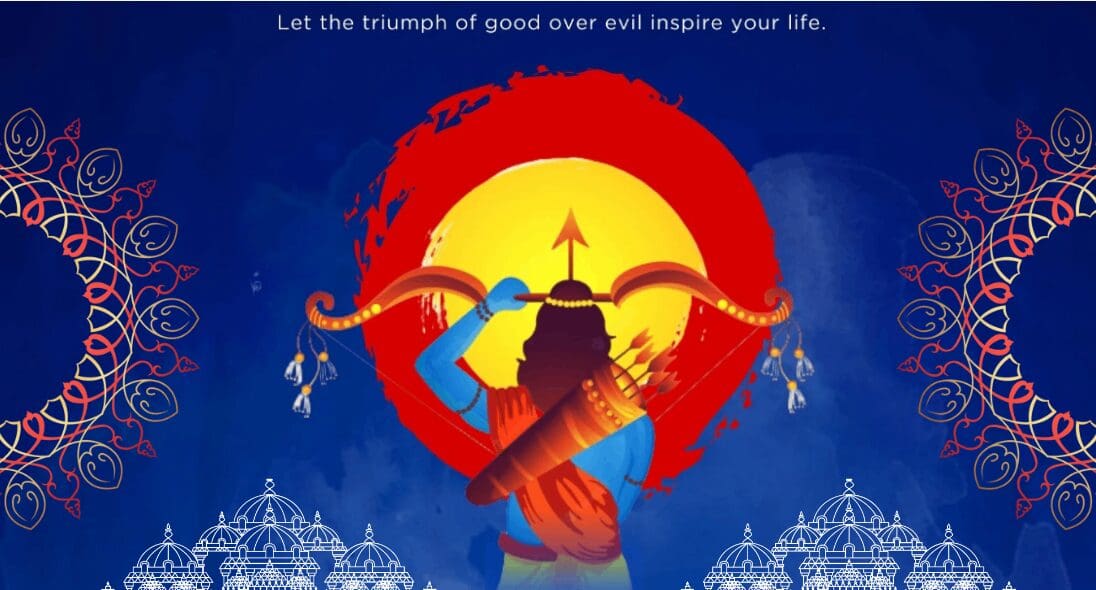
Ramlila Performances
One of the highlights of Dussehra is the enactment of Ramlila, a dramatic retelling of the Ramayana. These performances, which take place over several days, culminate in the burning of effigies of Ravana, Meghnad, and Kumbhakarna, accompanied by fireworks. The towering effigies, often filled with firecrackers, explode in a spectacular display, drawing large crowds.
Regional Observances
In Mysore, Dussehra is celebrated with grand processions and royal ceremonies. The Mysore Palace is illuminated with thousands of bulbs, and a majestic parade featuring elephants, camels, and horses takes place.
In Himachal Pradesh, the Kullu Dussehra attracts thousands of pilgrims. The festival begins with the procession of Lord Raghunath (an incarnation of Lord Rama) through the streets, followed by cultural programs and fairs.
Other Tourist Attractions: Witness the grandeur of Ramlila in Varanasi or attend the Kullu Dussehra for a unique blend of spirituality and festivity.
5. Makar Sankranti: Harvest Festival
Celebrating the Sun’s Journey
Makar Sankranti marks the transition of the sun into the zodiac sign Capricorn (Makar). It is a harvest festival celebrated with great fervor in states like Gujarat, Maharashtra, and Tamil Nadu.
Kite Flying Tradition
One of the most iconic aspects of Makar Sankranti is kite flying, especially in Gujarat. The skies come alive with colorful kites, creating a mesmerizing spectacle. Competitions are held to see whose kite stays airborne the longest, and participants shout “Kai Po Che!” (I’ve cut your kite!) when they succeed in cutting another’s kite.
Regional Variations
In Maharashtra, Makar Sankranti is celebrated as Sankranti or Tilgul , where people exchange sweets made from sesame seeds and jaggery, symbolizing warmth and sweetness in relationships. In Tamil Nadu, it is known as Pongal , a four-day festival dedicated to thanking nature for a bountiful harvest.
Travel Tip: Head to Ahmedabad during Makar Sankranti to experience the International Kite Festival, where participants from around the world showcase their kite-flying skills.
6. Ganesh Chaturthi: The Birth of Lord Ganesha
Celebrating the Elephant-Headed God
Ganesh Chaturthi is a vibrant festival dedicated to Lord Ganesha, the remover of obstacles and the god of wisdom and prosperity. This festival is celebrated with immense devotion across India, particularly in Maharashtra, where it holds special significance.
Historical and Mythological Significance
According to Hindu mythology, Lord Ganesha was created by Goddess Parvati from turmeric paste and brought to life to guard her while she bathed. When Lord Shiva returned and found Ganesha blocking his way, a battle ensued, resulting in Ganesha’s beheading. To pacify Parvati’s anger, Shiva replaced Ganesha’s head with that of an elephant, granting him a unique form and divine powers.
The festival gained prominence during the freedom struggle when Lokmanya Tilak, a prominent leader, used it as a unifying force to bring people together against British colonial rule. Today, Ganesh Chaturthi continues to foster community spirit and cultural pride.
How Ganesh Chaturthi is Celebrated
The festival begins with the installation of beautifully crafted idols of Lord Ganesha in homes and public pandals. These idols are worshipped daily with offerings of modak (a sweet dumpling), flowers, and incense. On the final day, known as Anant Chaturdashi, the idols are taken in grand processions to nearby water bodies for immersion, symbolizing Ganesha’s return to Mount Kailash.
Regional Variations
In Maharashtra, the celebrations are particularly elaborate, with massive pandals hosting cultural programs, music, and dance performances. In Tamil Nadu, Ganesh Chaturthi coincides with Vinayaka Chaturthi, marked by temple visits and traditional rituals. In Goa, eco-friendly practices are increasingly adopted to minimize environmental impact during idol immersions.
Travel Tip: Visit Mumbai during Ganesh Chaturthi to witness the iconic Lalbaugcha Raja pandal, which attracts millions of devotees annually.
7. Raksha Bandhan: The Bond of Siblings
A Celebration of Sibling Love
Raksha Bandhan, also known as Rakhi Purnima, is a heartwarming festival that celebrates the bond between brothers and sisters. It falls on the full moon day of the Hindu month Shravana (July-August).
Significance and Symbolism
The word “Raksha Bandhan” translates to “the bond of protection.” On this day, sisters tie a sacred thread called rakhi around their brothers’ wrists, praying for their well-being and longevity. In return, brothers promise to protect their sisters and often give gifts as tokens of love.
This tradition has historical roots, including the legendary tale of Draupadi tying a piece of cloth around Lord Krishna’s injured finger, symbolizing care and devotion. Another story involves Rani Karnavati sending a rakhi to Emperor Humayun, seeking his protection during an invasion.
How Raksha Bandhan is Celebrated
The day begins with prayers and rituals, followed by the tying of rakhis. Families gather for feasts featuring traditional dishes like sweets, savory snacks, and regional delicacies. Modern adaptations include virtual celebrations, allowing siblings separated by distance to connect and celebrate.
Cultural Impact
Beyond its familial significance, Raksha Bandhan promotes values of love, loyalty, and mutual respect. It serves as a reminder of the importance of nurturing relationships and standing by loved ones in times of need.
Other Tourist Attractions: Attend the Nariyal Purnima celebrations in coastal regions, where fishermen offer coconuts to the sea god Varuna, seeking blessings for safe voyages.
8. Janmashtami: The Birth of Lord Krishna
Honoring the Divine Child
Janmashtami commemorates the birth of Lord Krishna, one of Hinduism’s most beloved deities. Known for his playful nature and profound teachings in the Bhagavad Gita, Krishna’s stories continue to inspire millions worldwide.
Mythology Behind Janmashtami
Krishna was born in Mathura under extraordinary circumstances. His parents, Devaki and Vasudeva, were imprisoned by the tyrant king Kansa, who had learned of a prophecy foretelling his death at the hands of Devaki’s eighth child. Miraculously, Krishna was transported across the Yamuna River to safety and raised by foster parents in Gokul.
How Janmashtami is Celebrated
Devotees observe fasts, sing bhajans (devotional songs), and decorate temples with flowers and lights. At midnight, the exact time of Krishna’s birth, aarti (prayer) is performed, and statues of baby Krishna are placed in cradles. In some regions, Dahi Handi (pot-breaking) competitions are organized, reenacting Krishna’s childhood antics of stealing butter.
Regional Variations
In Mathura and Vrindavan, the celebrations are particularly grand, with elaborate processions, drama performances, and temple rituals. In Maharashtra, Dahi Handi draws huge crowds, with teams competing to break suspended earthen pots filled with curd and butter.
Travel Tip: Experience the divine aura of Janmashtami in Dwarka, Gujarat, believed to be Krishna’s kingdom, or visit ISKCON temples for soulful chanting and festivities.
9. Pongal: Harvest Festival of Tamil Nadu
Thanking Nature’s Bounty
Pongal is a four-day harvest festival celebrated in Tamil Nadu, marking gratitude for a successful agricultural season. It aligns with Makar Sankranti but carries distinct traditions unique to South India.
Significance and Symbolism
Each day of Pongal has its own name and purpose:
- Bhogi : Old belongings are discarded in bonfires, symbolizing renewal.
- Thai Pongal : The main day, where freshly harvested rice is cooked in milk outdoors, offered to the sun god, and shared among family.
- Mattu Pongal : Cattle are honored for their role in farming.
- Kaanum Pongal : Families visit relatives and enjoy outings.
How Pongal is Celebrated
Homes are decorated with kolams (rangoli designs using rice flour), and sugarcane stalks adorn doorways. Traditional dishes like ven pongal (spiced rice) and sakkarai pongal (sweet rice pudding) are prepared and savored.
Cultural Impact
Pongal reinforces the connection between humans and nature, emphasizing sustainability and gratitude. It also strengthens familial bonds through shared meals and activities.
Other Tourist Attractions: Explore rural villages near Chennai to witness authentic Pongal celebrations, complete with bullock cart races and folk dances.
10. Onam: The Grand Harvest Festival of Kerala
Welcoming King Mahabali
Onam is Kerala’s biggest festival, celebrated with great enthusiasm to honor the mythical King Mahabali, whose reign is remembered as a golden era of prosperity and equality.
Mythology Behind Onam
Legend has it that Mahabali, a benevolent ruler, was sent to the netherworld by Lord Vishnu in his Vamana avatar due to jealousy from the gods. However, pleased with Mahabali’s humility, Vishnu granted him permission to visit his subjects once a year, which is celebrated as Onam.
How Onam is Celebrated
The ten-day festival features floral decorations called pookalam, traditional boat races (Vallam Kali), tiger dances (Pulikali), and grand feasts known as Onasadya, served on banana leaves. Each household prepares up to 26 dishes, showcasing Kerala’s rich culinary heritage.
Regional Variations
While Onam is primarily a Malayali festival, its influence extends beyond Kerala, with celebrations in neighboring states and diaspora communities. Eco-friendly initiatives, such as using natural colors for pookalam, are gaining traction.
Travel Tip: Plan your visit to Alleppey or Kochi during Onam to experience thrilling snake boat races and indulge in sumptuous Onasadya feasts.
Conclusion
India’s Hindu festivals are a testament to the country’s rich tapestry of culture, spirituality, and community. Each festival offers a glimpse into the values, beliefs, and traditions that have shaped Indian society for centuries. By participating in these celebrations, whether as a local or a traveler, you become part of a shared human experience that transcends borders and connects hearts.
FAQs
- What is the significance of Diwali?
Diwali symbolizes the victory of light over darkness and good over evil. - Why is Holi called the Festival of Colors?
Holi is named so because of the vibrant colors used during its celebrations. - How is Ganesh Chaturthi celebrated in Maharashtra?
Massive pandals host cultural programs, and idols of Lord Ganesha are immersed in water after days of worship. - What does Raksha Bandhan signify?
It signifies the bond of protection and love between siblings. - When is Janmashtami celebrated?
Janmashtami is observed on the eighth day of the dark fortnight in the month of Shravana. - What is unique about Pongal?
Pongal is a harvest festival honoring the sun, cattle, and nature’s bounty. - What is Onasadya?
Onasadya is a grand feast served on banana leaves during Onam, featuring up to 26 traditional dishes. - Which cities are best for experiencing Navratri?
Ahmedabad and Kolkata are ideal for Garba and Durga Puja celebrations, respectively. - What happens during Holika Dahan?
Bonfires are lit to symbolize the destruction of evil, accompanied by prayers and rituals. - Why is Makar Sankranti associated with kites?
Kite flying represents the joy of the harvest season and the transition of seasons.

